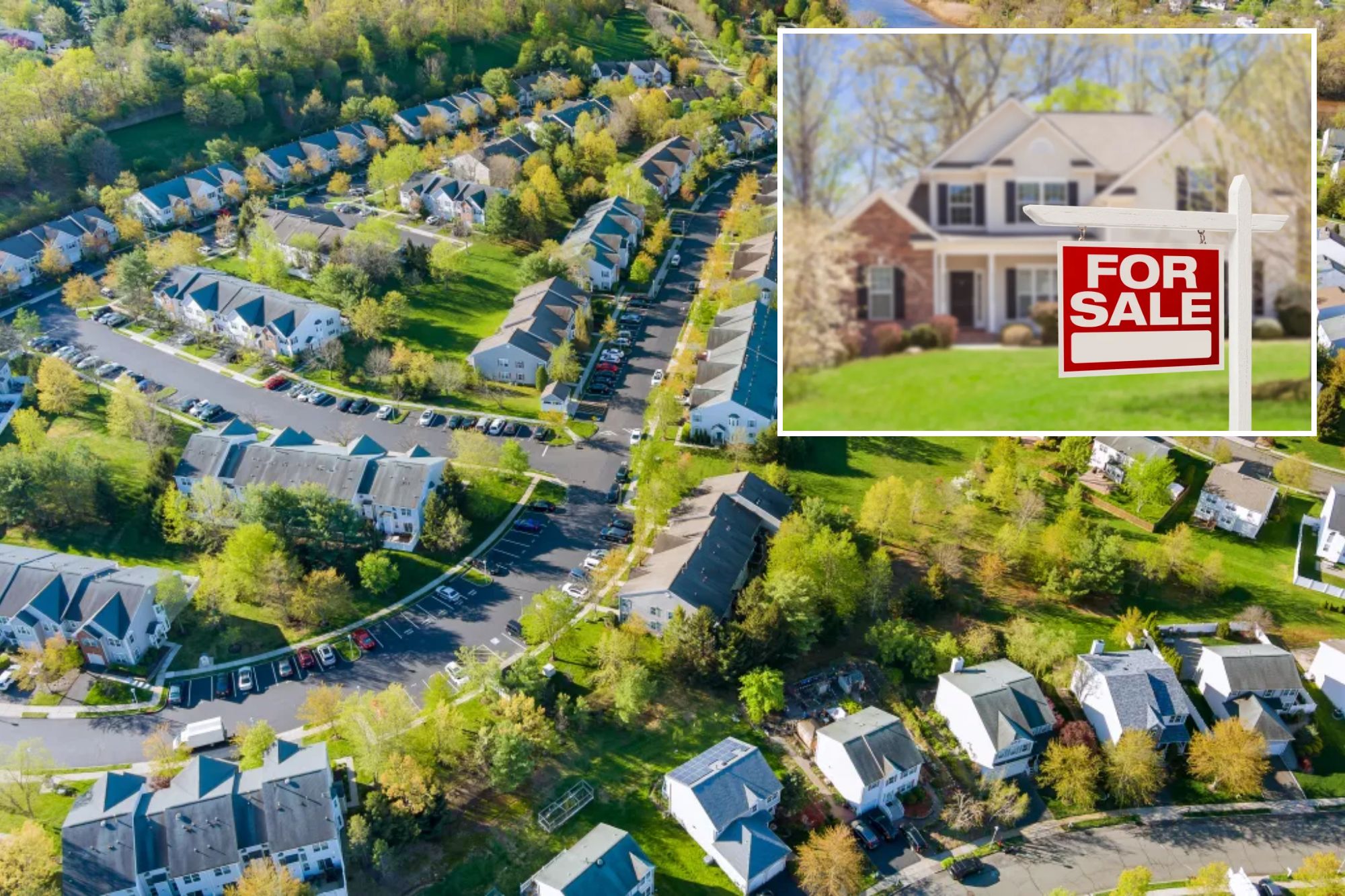After years of sellers shouting, some of the hottest housing markets in the pandemic era are now wearing a surplus of listings and not enough buyers.
According to the Redfin Real Estate Corridor, in April he saw almost half a million more houses than buyers on the market, the largest gap since 2013.
But this supply supply has not been translated into a wave of closures. Instead, housing sales have been stopped in many areas, especially in the southeast and southwest, where the inventory has passed through past pre-paid rules.
In Miami, for example, there were almost three times more vendors than buyers in April, show Redfin’s data.
Jeff Lichtenstein, president of Echo Fine Properties in Palm Beach Gardens, Florida, said that The Wall Street Journal Sellers are increasingly asking for prices to attract cautious buyers.
“There will be more price reductions that are being passed and more will to sell to a lower number, especially in the next two months,” he said. “We have definitely seen people who have had loss.”
These conditions mark a strong investment for the Sunbelt, which saw that the values of the home climb and the tender wars exploded during the Covid years.
Now, many of the same meters (Atlanta, Austin, Phoenix and Tampa with each other) are seeing that the listings are maintained, as the challenges of profitability, highest mortgage rates and the buyers’ war are made.
At the national level, home prices continue to increase, but this growth is cooling.
United States prices increased by 1.4% in May from a year earlier, according to intercontinental exchange, which dropped from an annual growth of 2% in April. Twenty-four of the 100 largest subway areas published in the drop in year-on-year prices in May, with most of those concentrated in the Sunbelt.
“There is not even a house for sale in our neighborhood, and I think there are three or four right now,” he told The Journal Dirk Lovelace, who listed his Tryon, NC, in April.
After moving to South Carolina, he reduced the requested price, but has not yet received any offer. “The current feeling is that the market will probably go further, so people only wait,” he said.
Buyers seem to be in no hurry.
Housing prices have increased more than 50% nationally over the last five years, and mortgages are still high above 6.5%. Although the active listings in May have reached their highest point since 2019, they are still around 14% below the typical pre-paid levels, according to Realtor.com.
However, the gap between buyers and sellers is widened, partly because many owners smooth out of necessity rather than opportunity.
Some move to jobs, while others leave investment properties as costs increase or in anticipation of a price deposit.
“He does not think the buyer’s demand will be a lot back,” added Chen Zhao, head of Economic Research at Redfin. “The prices are too high.”
In markets like Denver, the agent Elell Pappas told the magazine that the tone of conversations with buyers has been dramatically changed from the frantic rhythm of recent years.
“Immediate conversation, even in the first quote I have with them, is:” How much do you think I can get? How many concessions can I get? “”
Carley and Garrett Kapelski, who had previously stopped their search at home due to competition in Kansas City suburbs, said they had noticed a change this spring.
“We feel much less stressed this time,” said Garrett Kapelski. “If we wait 30, 60 days more, you may see these people who thought they could sell their homes quickly and maybe they already bought another house, start to move a little.”
Much of the current slowdown can be traced to the unequal recovery of housing supply after the fall from 2006 to 2009, along with the effect of blocking low mortgage rates of the pandemic era.
But this trend may be moving away.
The construction of the new house has increased from the pandemic, and more owners begin to list, some simply because they cannot wait any longer, either by work transfers, having children or otherwise, Pappas explained.
#Sellers #flooding #domestic #market #buyers #sit #hands #north #American #cities #creating #historical #imbalance
Image Source : nypost.com
